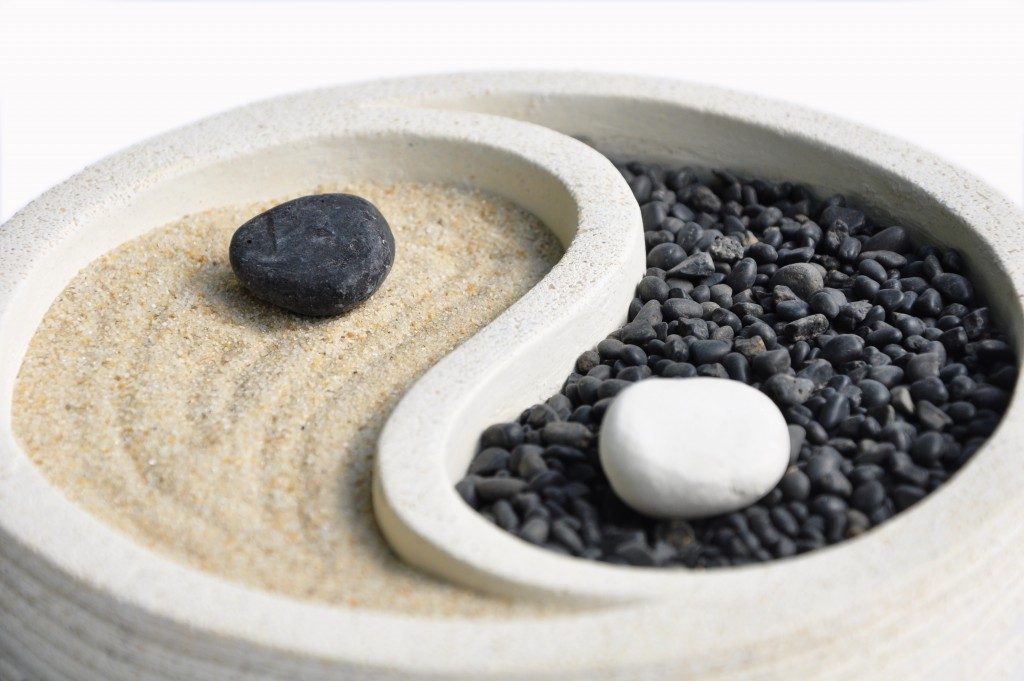A Japanese Zen garden is a perfect balance of plants, rocks and water to create a tranquil area where you can rest peacefully. It tries to mimic natural scenery that blends well with any home yard.
Stones play a crucial role in Japanese culture. That is why natural rock formations and terrains are symbolized by Zen gardens. Meanwhile, smaller rocks are used to create ponds and small streams.
But how do you make your Zen garden truly your own? Fortunately, it is easy to create a Zen garden without giving up your style. Know the five vital elements of an authentic Japanese garden so you will also know how you can make this part of your house your own.
Stone pathway
You need a winding stone path that leads to the various parts of the garden. This often creates a mystery that you cannot easily see at once. It makes you want to explore the other parts and see what is around the corner.
Rock formation
A Japanese-style garden revolves around nature and its tranquility, so getting landscape rock delivery services in Utah is a must if you are planning to create a Zen garden. You can order a ton of gray river rocks to form a dry streambed to replicate the water as it flows. You can even give it a more natural and interesting look by adding a line of ferns and evergreens.
Human-made pond
Not every backyard has a pond or waterfalls for that Japanese garden look. But you can easily have one by creating your own. Ponds and other specific bodies of water are the central elements of most Zen gardens, which often represent the mythical seas or lakes in Japanese folklore.
Some homeowners even add carps into the mix to bring life to their ponds and streams. Meanwhile, you can use raked gravel, upright stones or sand to create an illusion of flowing water in dry gardens.
Stone lanterns
Stone lanterns come in various shapes and forms, and are another significant component of a typical Japanese garden. You can find them in carefully selected areas, such as on islands or at the ends of every peninsula. They can provide a better aesthetic feel to any yard. Most Japanese gardens have water basins next to the lantern, which creates a perfect atmosphere for a tea garden.
Plants

Your garden would not be complete without the plants. You can have some cherry and maple trees to give it a beautiful look especially during the spring and autumn season. Meanwhile, bamboo, pine trees and plum trees are particularly great during the winter months.
You should place your plants carefully around the garden to replicate nature. You should also trim the trees and shrubs regularly while mosses should be free of any debris.
Having a Japanese-style Zen garden is an excellent option for homeowners who are looking for a tranquil area right in their property where they can just sit, relax and unwind. You need to be very precise with placing the plants as well as the other components to ensure that you’ll get the right vibe that a Japanese garden exudes.






